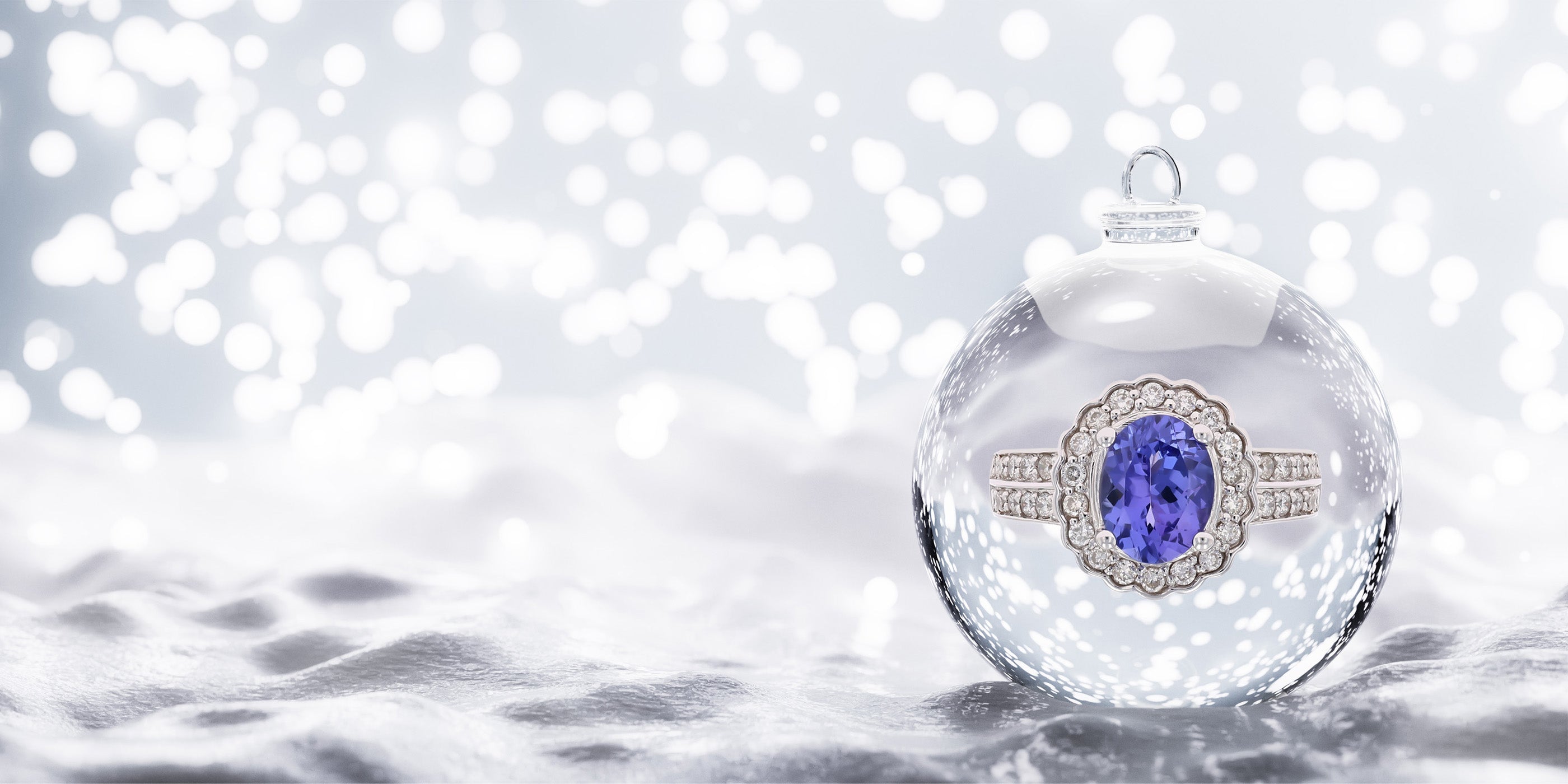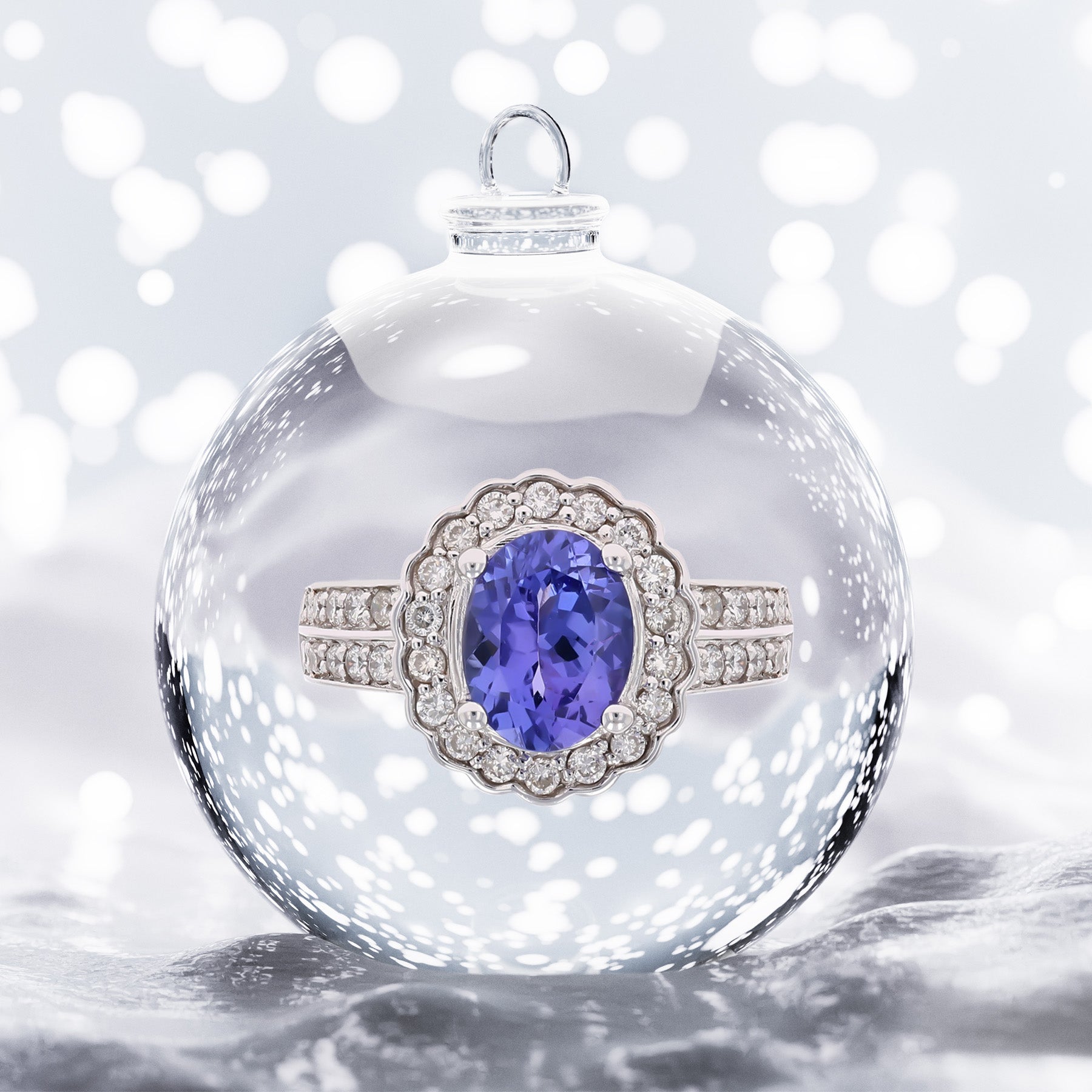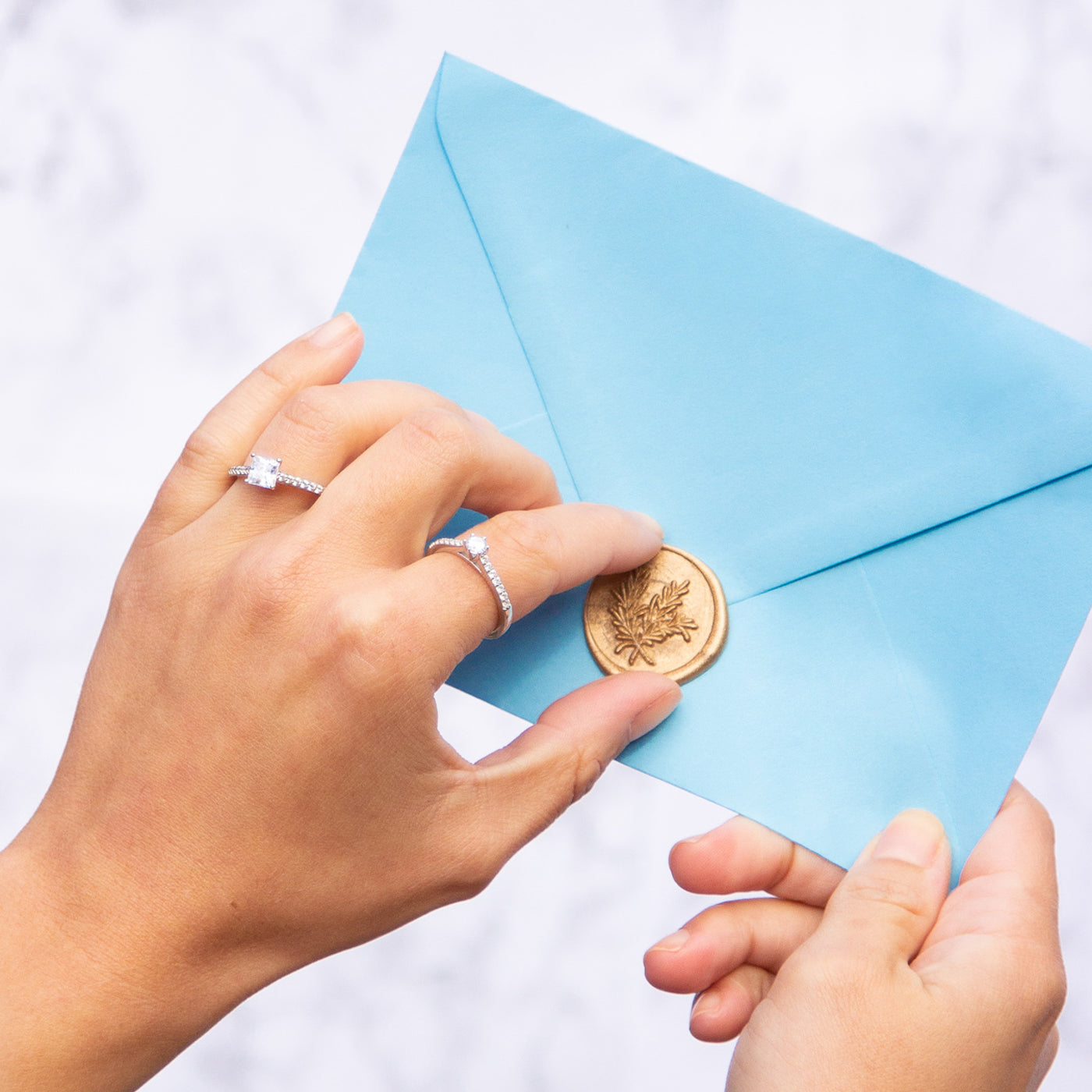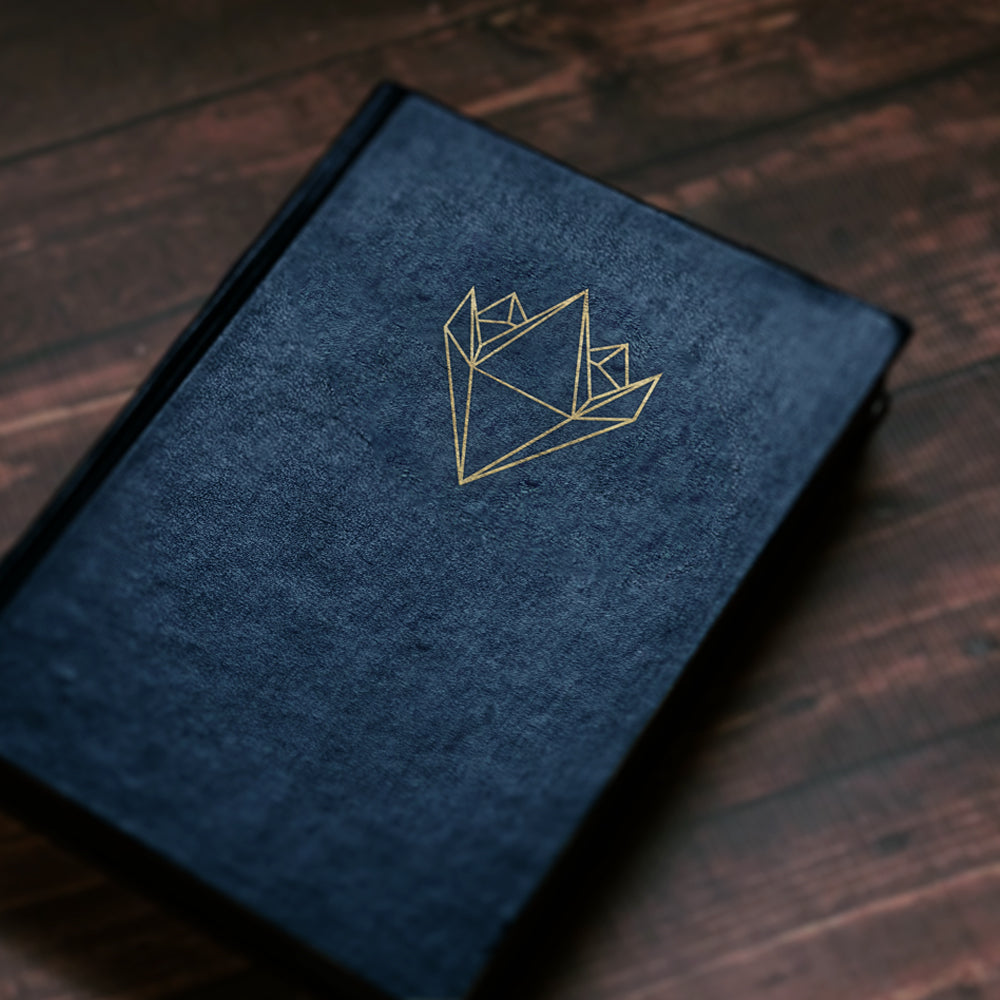Jewellery Odyssey:
Inspired by the 60’s and 70’s, bold, bright and big jewels were en vogue, throughout the modern era. It was an experimental period, where gemstone grew larger and yellow gold took centre stage once more. This time the metal was confidently married with diamonds, for a less opulent approach and targeted a wider audience, other than the wealthy. Jewellery would be worn during the day as a statement, to break away from the conventions, of exclusively being worn in the evening. These decades saw the first hybrid collection, of fine and costume jewellery being crafted together, widening the audience for everyone to wear jewellery. The rapid mass productions of artificial gemstones and plastic jewellery, gained momentum and popularity, for it affordability. The iconoclasm mood, inspired splinters shapes, jagged, spiky contours which substituted the smooth, linear outlines of the preceding decades. The space race and the catalysts of rock and pop music, influenced recurring satellite motifs and sharp colour contrasts, resulting in loud, energetic jewels being created.
Gem Lore:
Garnet - derives from the Latin word ‘garanatus’, which is translated to ‘seed-like’. The discovery of small red crystals bared a similar resemblance to pomegranate seeds. It is not widely known, that garnet can come in a rainbow of hues from red, orange, green and purple. However, red garnets are far more commonly seen with subtle overtones of purple, orange and golden brown. The gemstone has anciently been believed, to bring balance and harmony to the wearer.
Diamond - derives from the Greek word ‘adamas’, which translates to ‘invincible’. Today, the meaning somewhat refers, to the gemstones excellent hardness (ranking 10 on Mohs' scale), hence diamonds are highly resistant to be scratched or abraded by another material, other than diamonds itself. Moreover, diamonds possess the magical phenomenon of fire, which relies on the facetted gemstones ability to disperse (split) light, into a rainbow of colours.
The ancient Egyptians thought diamonds symbolised life, and the Pharaohs were known to place the gemstone in the centre of an ankh cross. Whereas, the ancient Greeks believed diamonds to be the tears of the gods or broken splinters from fallen stars. Alternatively, in ancient Roman literature it is noted that Cupids arrows were ‘diamond tipped’, maybe one of the first references that associates the gemstone with love.
Ring Resizing Service - How To Request Your Size:
If the current ring size listed under the details section, does not match your requirements. Please complete the enquiry form: including the reference code of the ring, which is located above the price, along with the ring size you need.
We will assess the feasibility of your request and provide you with a quotation for the bespoke alteration. If you decide to proceed, we will email you a link to review and process your customised order.
*Please Note: our resizing service typically requires a timeframe of 10 to 14 working days to complete. Rings that have been resized, cannot be returned for an exchange or refund.
Can Any Ring Be Resized?
No, depending on the design and setting, some rings cannot be resized. Whilst other rings can be safely resized up or down, by one to four sizes.
Are There Limitations To Resizing Rings?
Yes, it is important to appreciate that rings are made to fit their current size. When a request is made to significantly reduce the current size, it can result in the band developing an oval shape. Equally, increasing the size beyond a certain point, can alter the curvature of the band. Such modifications can potentially compromise the stability of settings, that hold gemstones securely in place.
As a result, there are limitations on how much a ring can be resized without compromising its structural integrity. If a requested size change impedes the durability of the ring, alternative solutions such as incorporating a half shank or soldered beads, if appropriate can be suggested.
Remember there is only about a 1mm difference between each whole ring size. For more information on what to consider when finding your size, read our blog: "The Factors Affecting Ring Size”.
Jewellery Care Precautions:
Avoid direct contact with: perfume, lotions, skincare, hairspray / other chemicals. Remove, your jewellery: when showering, swimming (as both chlorine and saltwater will react with metals), washing your hands / using hand sanitisers, before going to bed or when participating in physical activities (going to the gym, exercising, gardening, housework etc….).
Beware, metals may tarnish over time due to oxygen contact and natural body oils. Prevent items from being exposed to moisture and direct sunlight, for long periods. Store jewellery in a dry place away from humidity, in a pouch/jewellery box and keep each piece separated from each other. Care, for your jewellery by cleaning with a soft dry cloth.
Yellow Gold:
Gold as an element, in its purest form will not tarnish, but gold used in jewellery has been alloyed with other metals, to increase durability. These metals have properties that when in contact with oxygen, chemicals, oils or other substances - will result in a surface tarnish or damage and corrosion. Even the pH level of you skin and the natural oils it produces, can tarnish your gold jewellery.
To prevent your gold jewellery from tarnishing or even disintegrating, avoid exposure to household chemicals, bleaches, toothpaste, baking soda and other cleaning abrasives. Wearing jewellery in places where perfumes, hairsprays, body lotions have been applied on your body, will increase tarnishing. Wear your jewellery after the products have been applied. To clean your gold jewellery, use a mild soap with warm water and dry with a soft cloth. For professional cleaning, our workshop can polish your jewellery back to life.
Platinum:
Platinum as an element in it purest form, is denser and stronger than gold. Due to this, platinum can be used in a purer form than gold, and when used in jewellery, 90-95% of platinum is alloyed with cobalt/iridium. Containing a high purity of platinum, means that of all of the precious metals used in jewellery, platinum is the most hypoallergenic.
Platinum is naturally white in colour and unlike white gold or sterling silver it will not tarnish, fade or discolour. However with natural age and wear, the high polish will dull to a darker matte tone and the metal will develop a patina of age. Although durable, platinum has a softer surface than 18ct white gold, and the appearance of scratches are more visible. Heavy wear will result in surface damages of little bumps and ridges.
To prolong the condition and surface wear of platinum, it is advisable to practise our jewellery care precautions. A professional polish, with our workshop, will revive the high mirror-like polish and smooth surface of your platinum jewellery.
Garnet:
Hardness: 7.25 | Toughness: Good | Stability: Good
Extreme Caution, Avoid: Heat, Extreme Temperature Change (thermal shock), Jewellery Cleaners (ultrasonic, steam cleaners).
Mild Caution, Avoid: Sudden Impact (knocks), Porosity.
Gemmological Observation: Clean with mild soapy water and dry with a soft cloth. Garnets are usually a very durable gemstone. Some stones are prone to damage due to thermal shock. Do not expose them to extreme temperature changes.
Diamond:
Hardness: 10 | Toughness: Good | Stability: Excellent
Low Caution: A very durable gemstone, generally it is safe to use in; Jewellery Cleaners (Dips, Ultrasonic, Steam Cleaners).
Gemmological Observation: Diamonds have excellent hardness, this means only a diamond can scratch/abrade another diamond. To avoid scratches, store your diamond set jewellery separately. Diamonds only have good toughness, as they possess perfect cleavage. This means that if knocked in the wrong direction, the diamond can cleave/fracture. Whilst wearing, you will need to avoid: Sudden Impact (sharp knocks). If the diamond is heavily fractured, you will need to avoid using: Jewellery Cleaners (ultrasonic, steam cleaners).
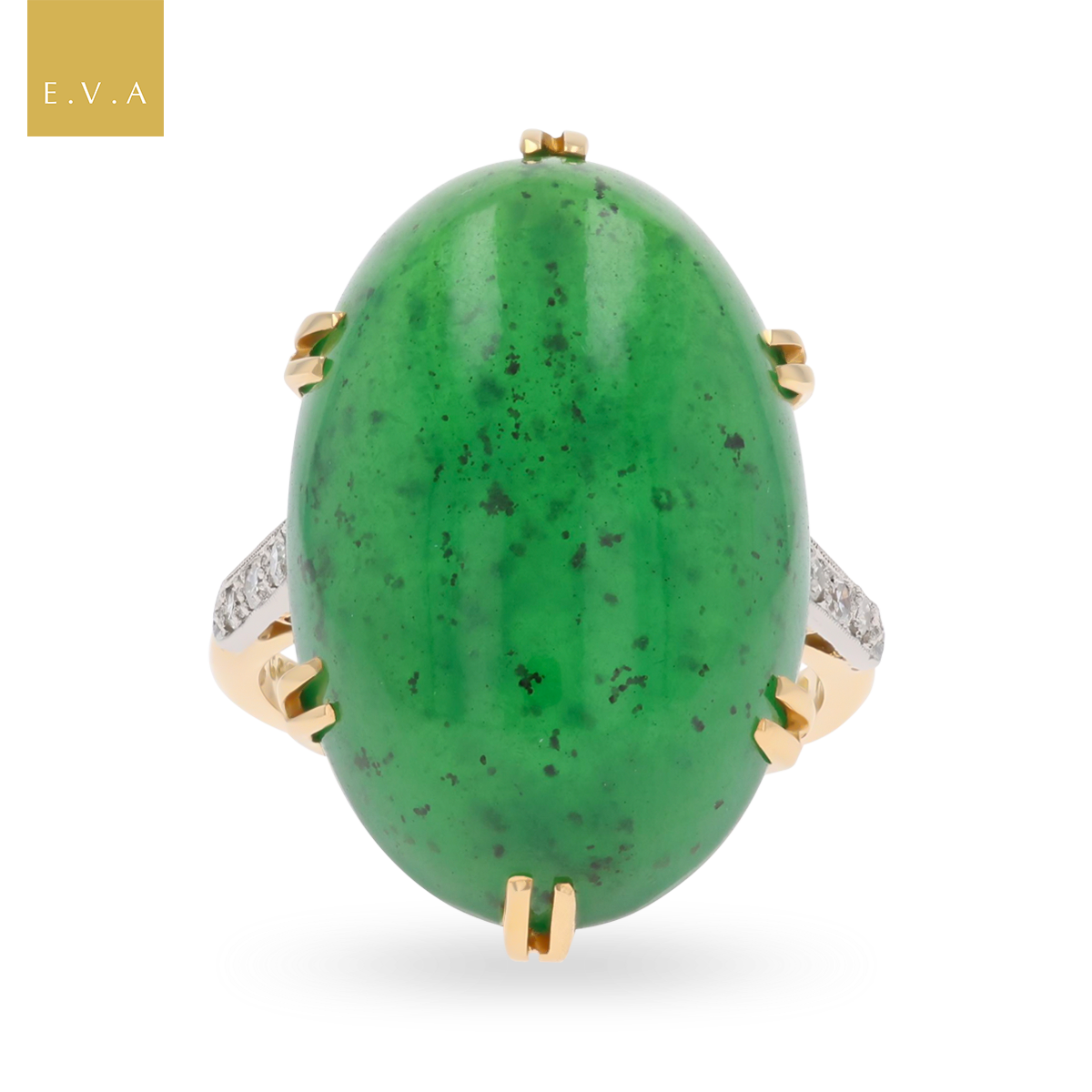
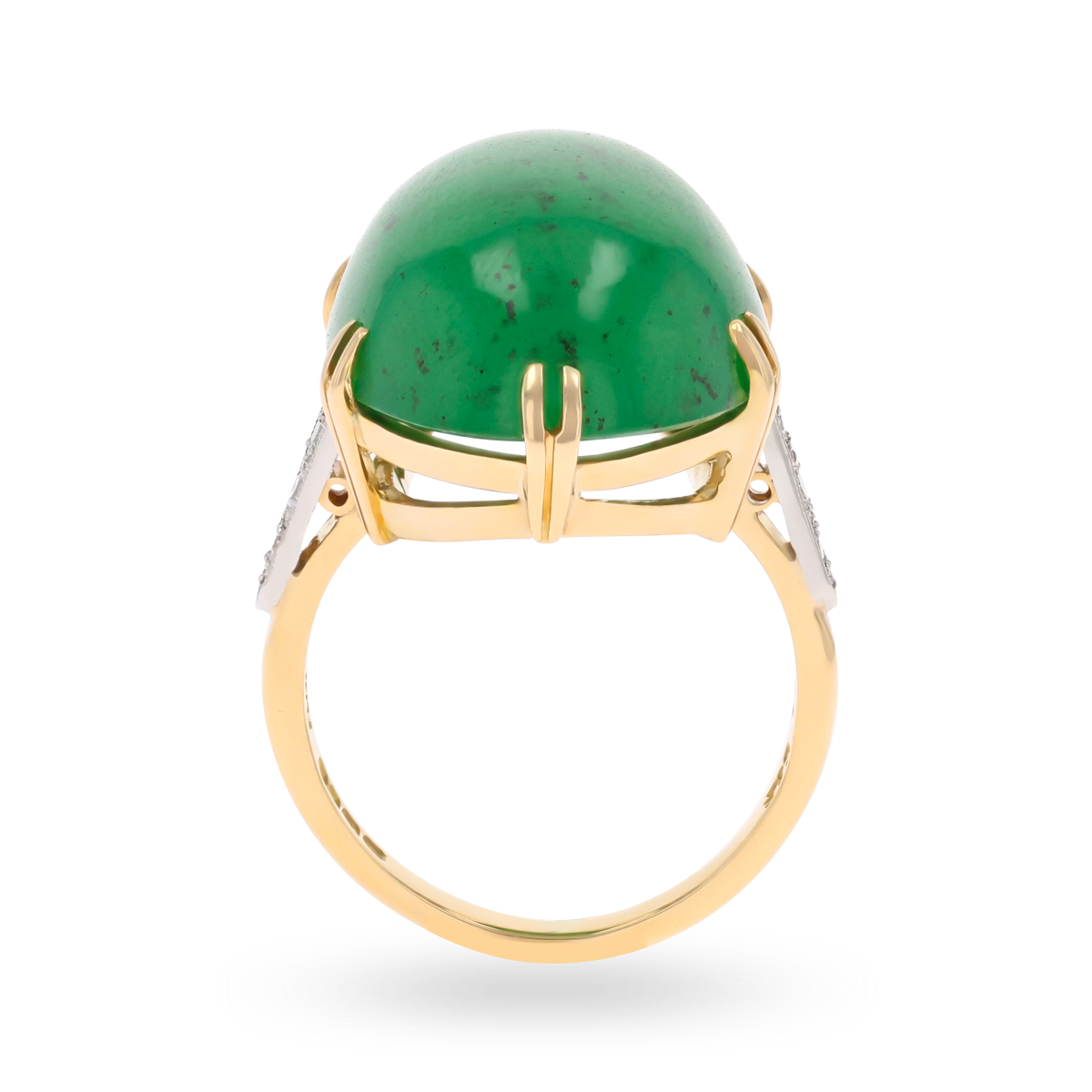



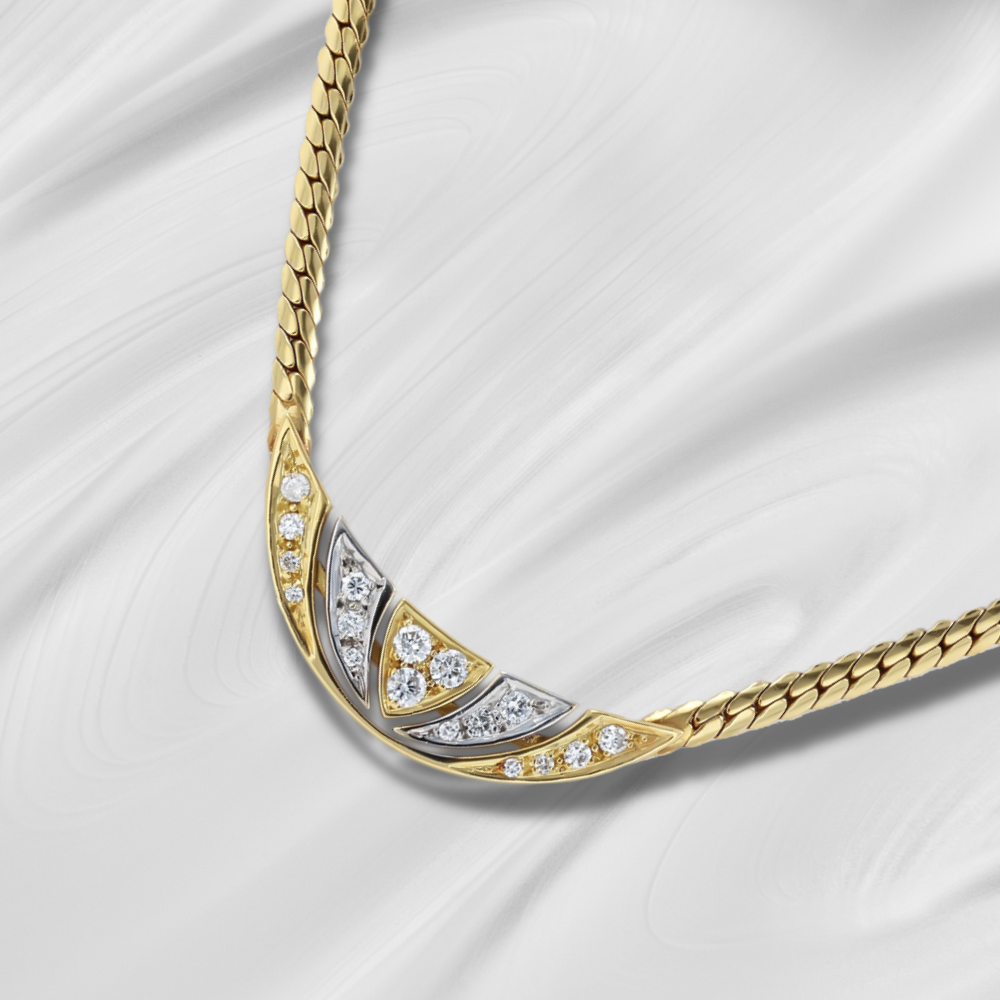
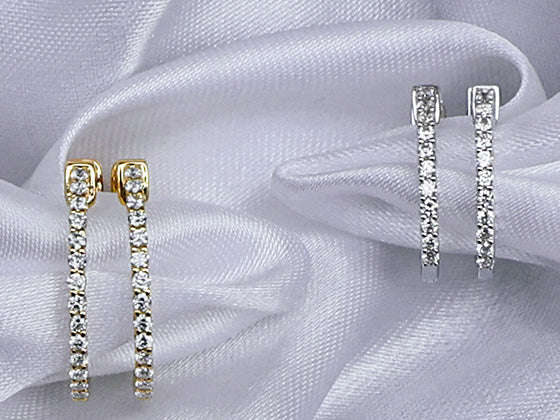
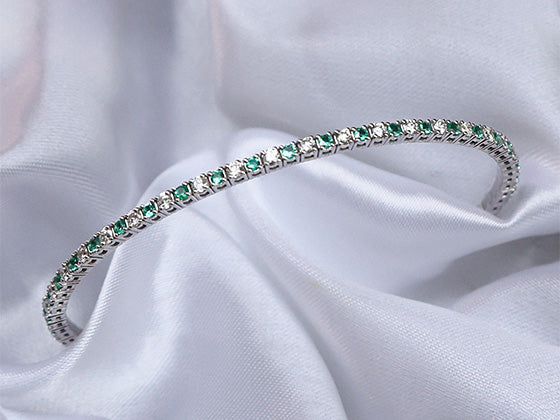

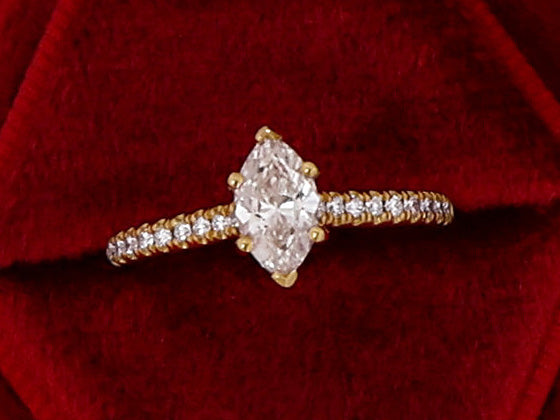
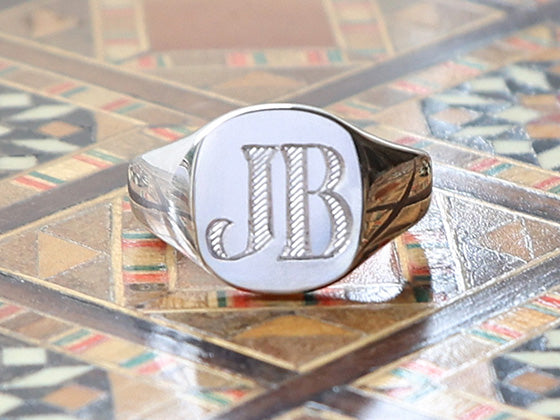
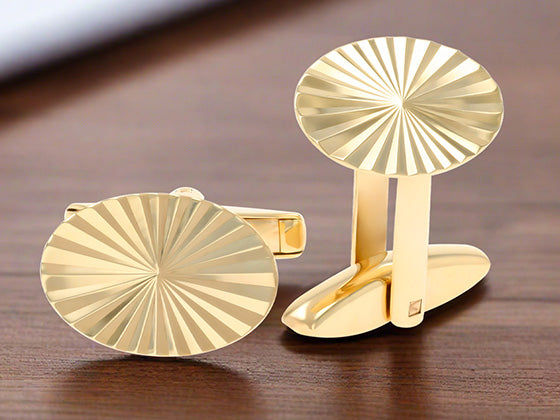
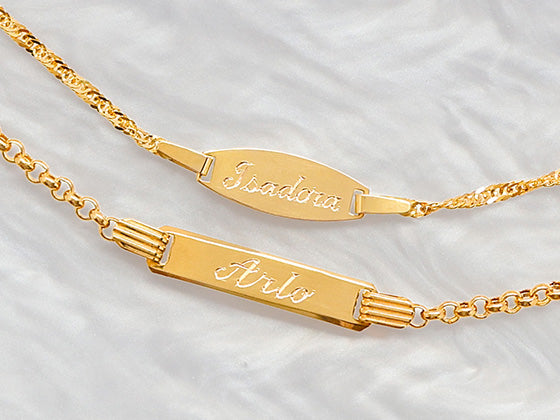
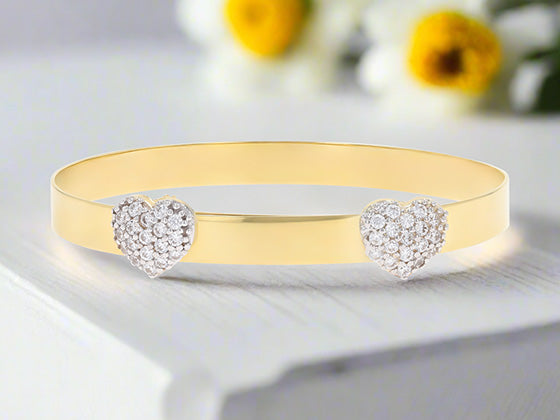

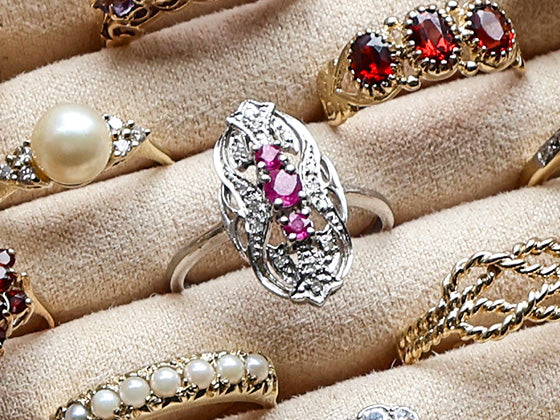
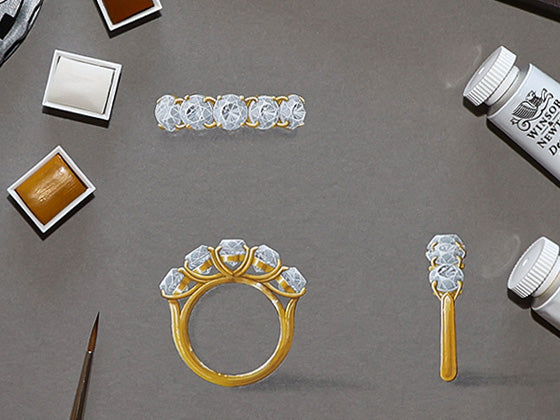
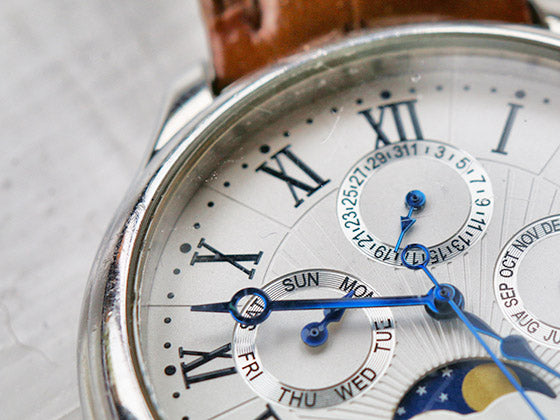
 Contact Us
Contact Us



